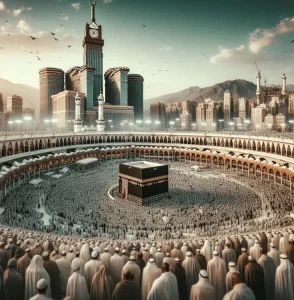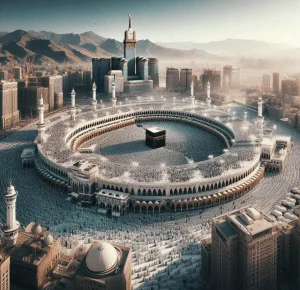Vacationer Points of interest FROM THE EPIC RAMAYANA
Tales of Shri Rama and his spouse and children are well known folklore in Ayodhya. Here are some historic points and preferred tales about the town:
Ram Janmabhoomi, Ayodhya:
Lord Rama, the 7th incarnation of Vishu, was born in Ayodhya. The Ram Janmabhoomi Temple was built as a put of worship. In 1528 A.D., Babur, the Mughal emperor, ordered the demolition of the temple to construct a mosque. In 1922 the mosque too was demolished. In spite of all this, the web-site of the initial Ayodhya temple is a place of pilgrimage for devout Hindus.
Sita Ki Rasoi:
In the north-west corner of the Ayodhya Ram Mandir is a smaller kitchen identified as Sita ki Rasoi. In this article, Sita cooked the first meal for her spouse and children after marrying Lord Rama and coming to Ayodhya.
Kanak Bhawan:
Kanak Bhawan implies “home of gold”. The idols of Rama and Sita in this temple have crowns produced of gold. It is normally on the listing of most well-liked Ayodhya places to check out.
Hanuman Garhi:
Hanuman Garhi is element of the Ayodhya tourism package even if a single has to climb 70 measures to do so. The presiding deity is the monkey God Hanuman, who was a devotee of Lord Rama.
Treta-Ke-Thakur (or Kaleram ka Mandir):
The idols in this temple are designed of black stone. The temple was rebuilt in 1784 by Queen Ahilyabai Holkar of Indore.
Guptar Ghat:
Pilgrims consider that Lord Ram dedicated ‘Jal Samadhi’ (drowned himself) on this ghat and returned to Vaikuntha, his heavenly abode.
Ayodhya hills:
Yet another preferred location of worship is the Sita Kund, which is a pool of contemporary water in the Ayodhya Hills. Lord Rama is believed to have shot an arrow into the earth due to the fact Sita was thirsty, and the pool was shaped.
OTHER TEMPLES AND Points of interest
Apart from the various temples related to the Ramayana, there are other spiritual sites in Ayodhya too.
The Nageshwarnath Temple was built by Lord Ram’s son Kush. The story goes that 1 day Kush shed his amulet in the river Sarayu. A legendary nag-kanya (snake-damsel) returned the ornament. The damsel was a follower of Lord Shiva. As a gesture of thanks, King Kush built the Nageshwarnath temple wherever Lord Shiva is the primary deity.
Goswami Tulsidas of Ayodhya was an enlightened soul and a saint-poet. The Tulsi Smarak Bhawan was built in his honour. Even right now the Bhawan hosts prayer conferences and spiritual ceremonies.
Ayodhya is a position of pilgrimage for devout Hindus from all over the planet and is also a common vacationer spot.






More Stories
The Glorious Truth: Exploring the Majestic Essence of the Kaaba Islam Definition
The Powerful Secrets of Faith in Mina Medina for an Inspiring Pilgrimage
Experience the Incredible Peace of Hajj USA with a Journey of a Lifetime